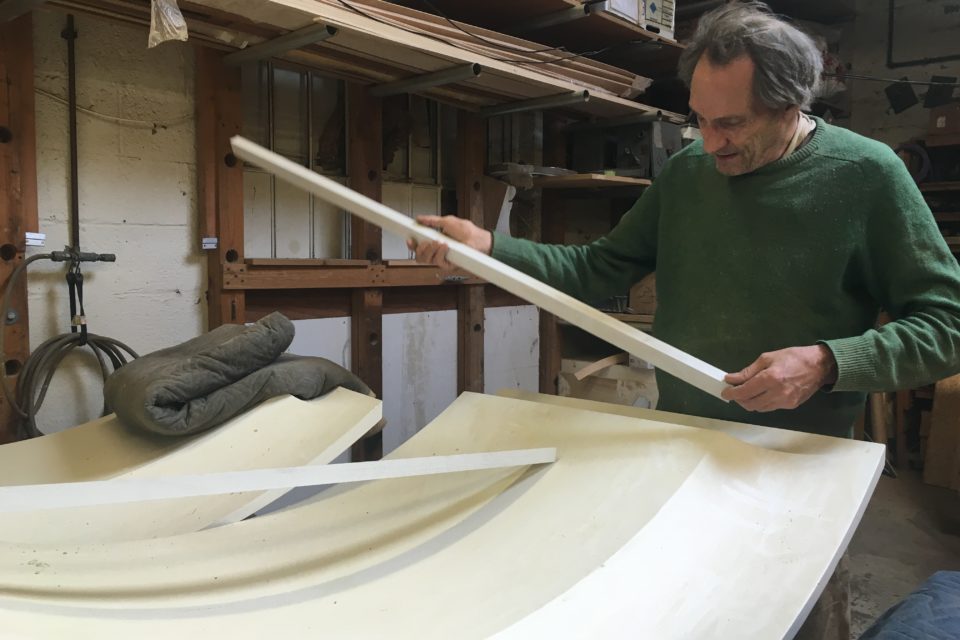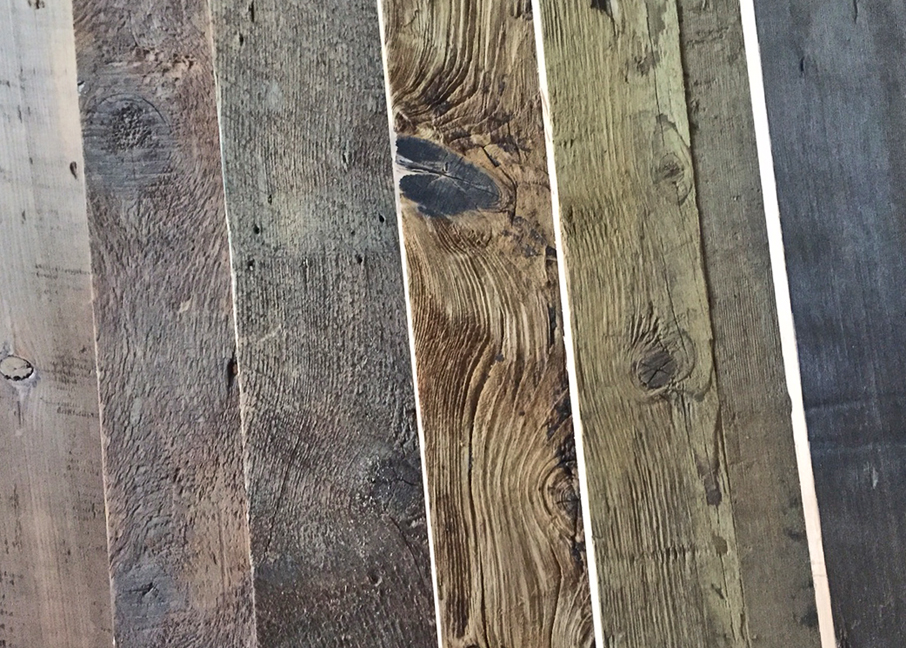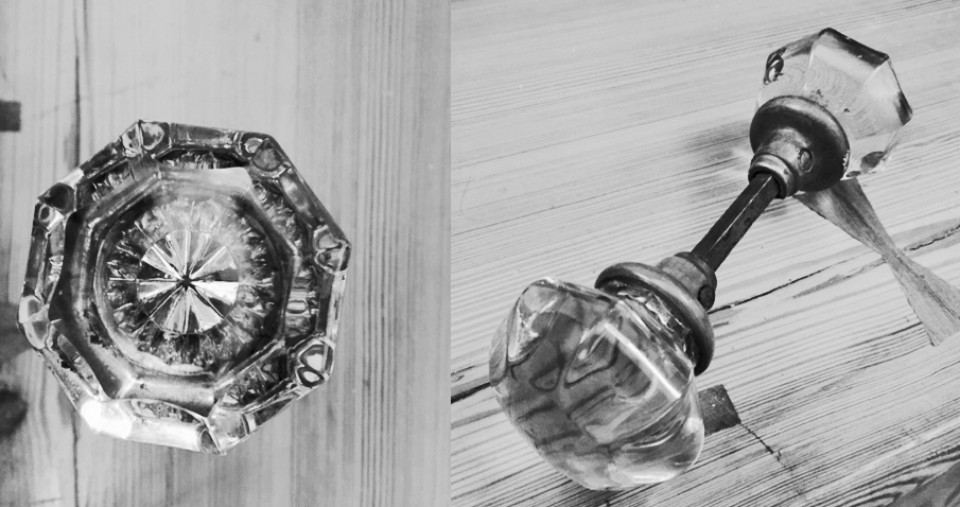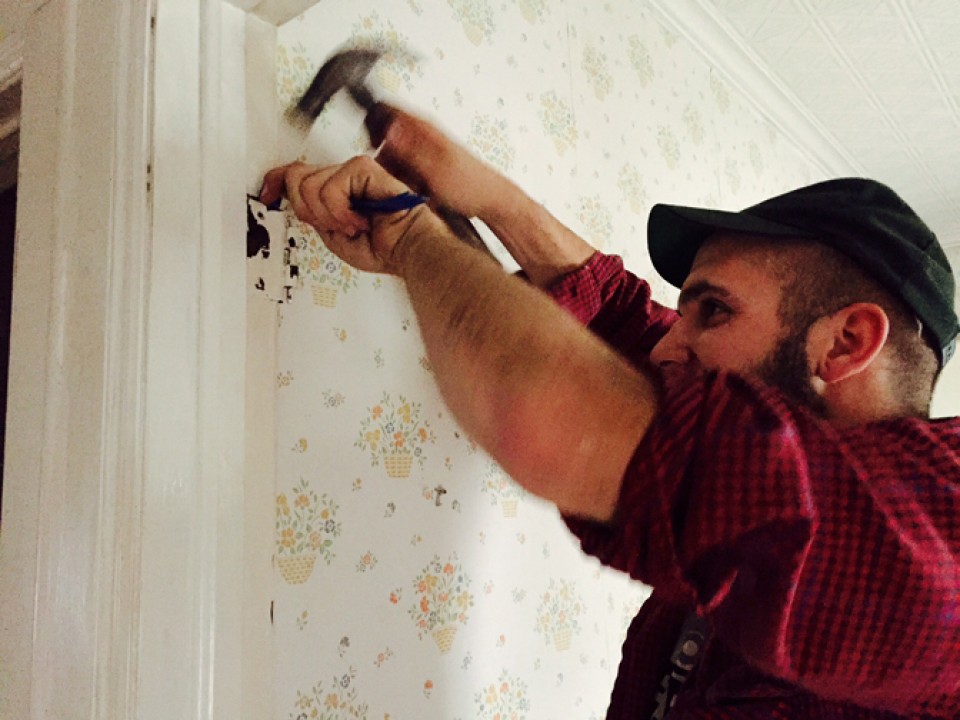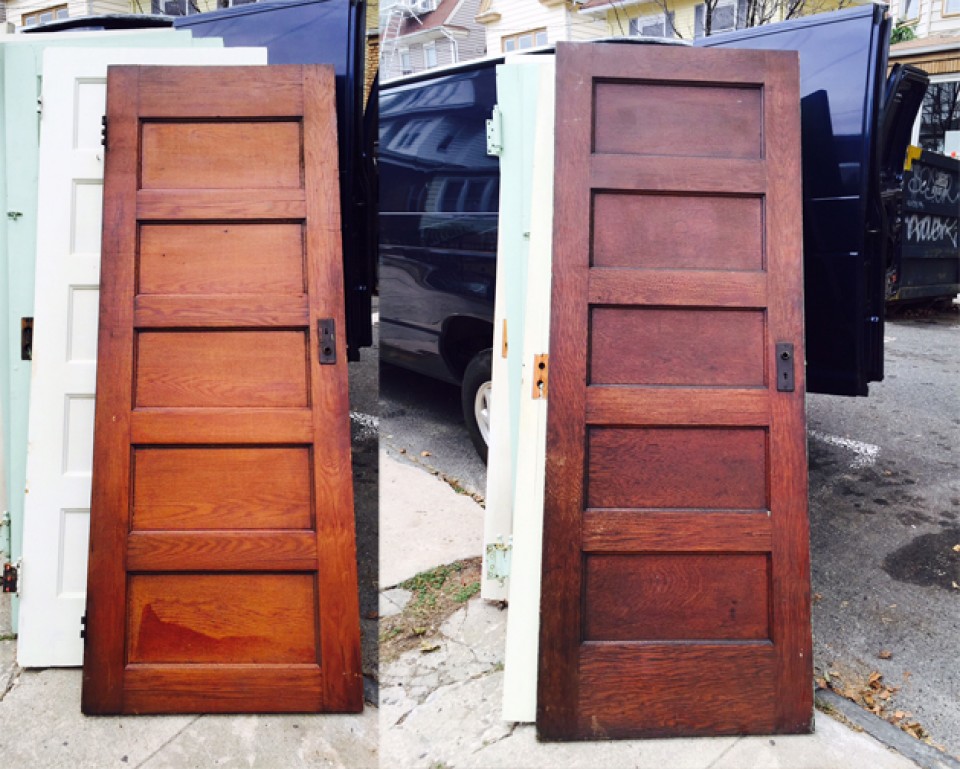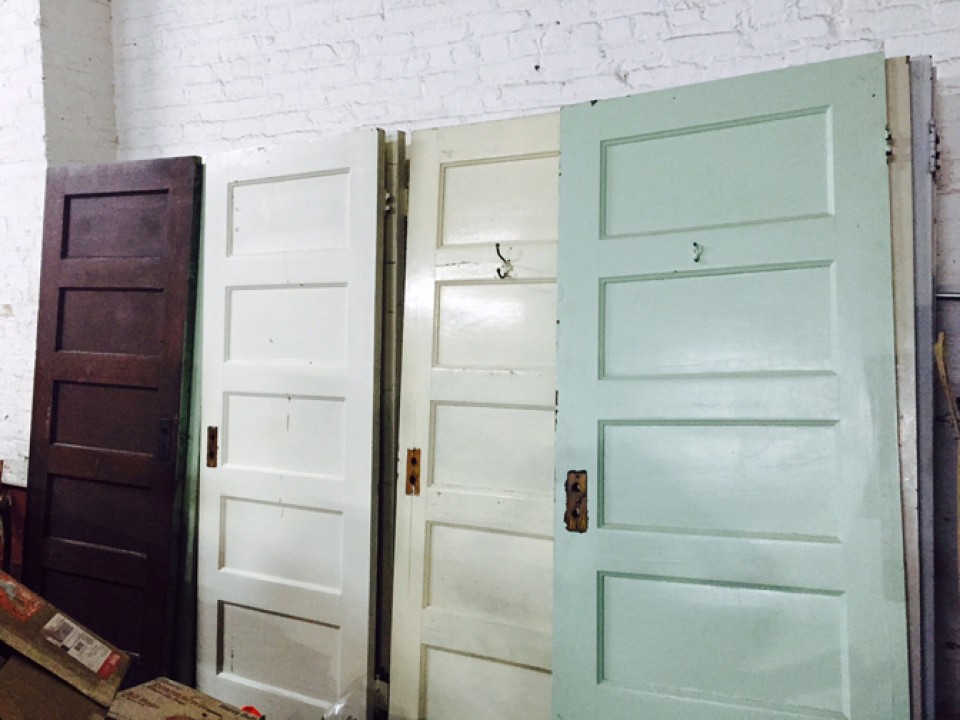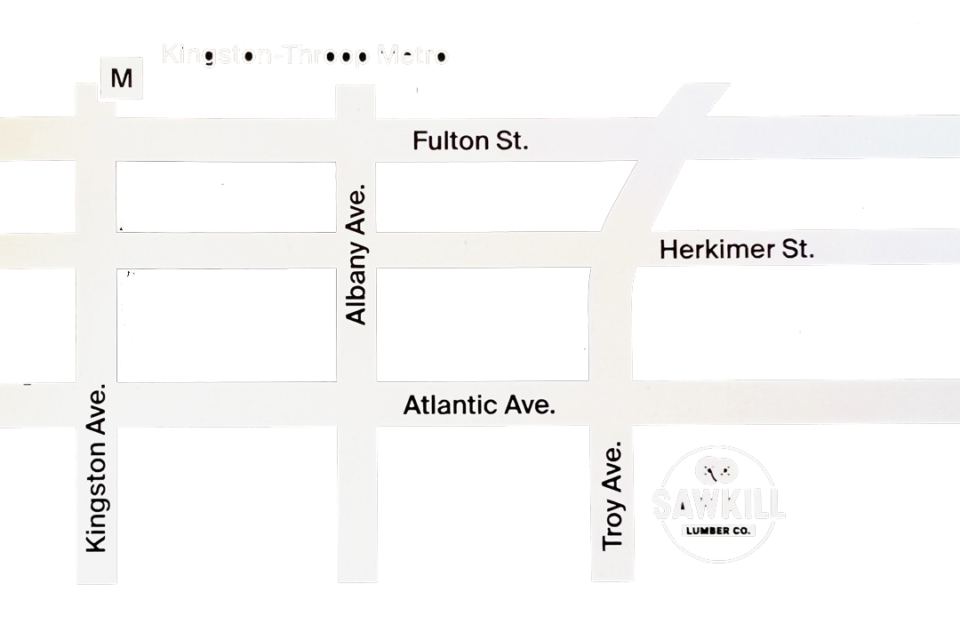Uncategorized
Old Doors, Young Kids
New Signage by Brooklyn Woods
Reclaimed redwood From Klaas armster
Turning wine into windows. Klaas Armster inspects the reclaimed wine tank Redwood at Strout Millwork that is being prepared for the Passive House windows by Menck.
Shades of Reclaimed Brown
Reclaimed wood ages brown – at least when it’s not daily exposed to light. Outside of time, other factors result in a wide range of brown – wood species, age of boards, original saw blade orientation, use and it’s exposure to a mix of man made influences – from tobacco smoke, pickle juice and other food grade fluids. All of the browns in their ‘found’ condition evoke a warm natural quality, but with individual personality. The woods below are a collection of antique grade Spruce/Fir, Hemlock, White Pine and potentially other species – sourced from barns, residential buildings, mushroom drying boards and Worcestershire Sauce tanks. The design possibilities within the family of natural browns are limitless.
Door-to-Door in West New York, NJ
“Unscrew the locks from the doors ! Unscrew the doors themselves from their jambs ! ” – Walt Whitman, Leaves of Grass
